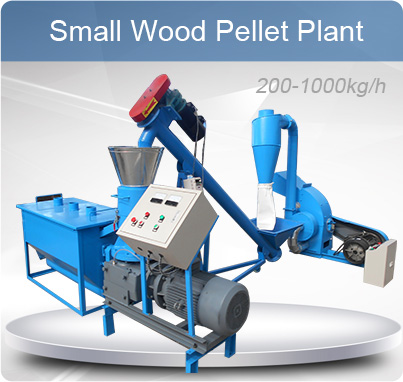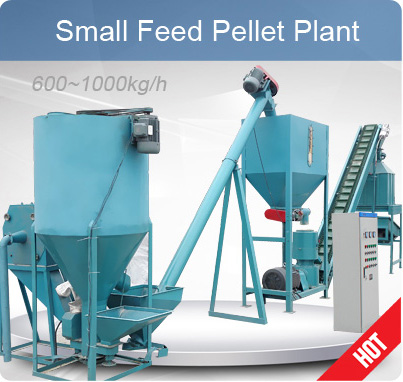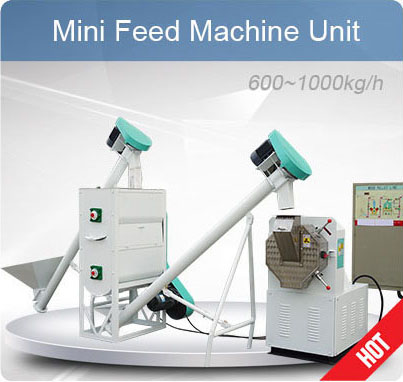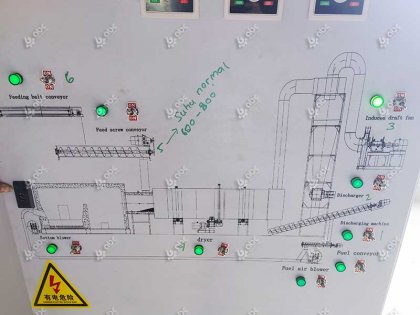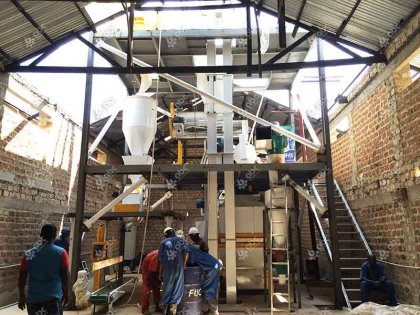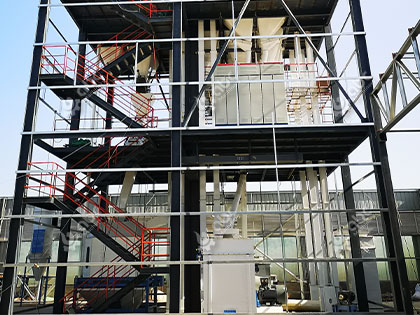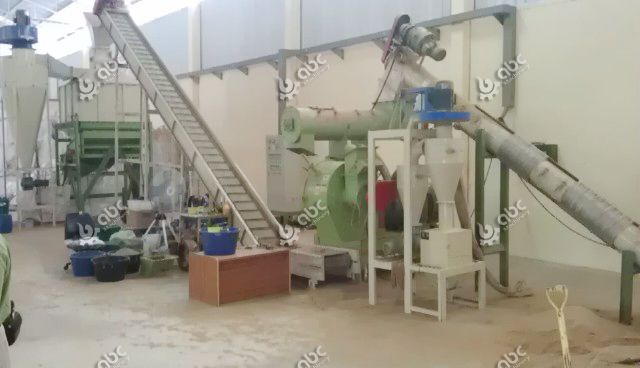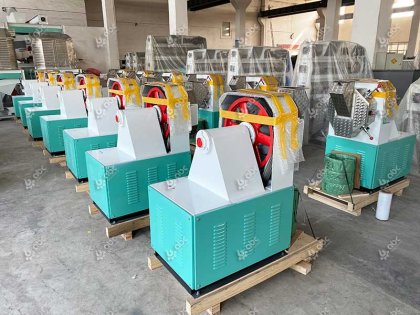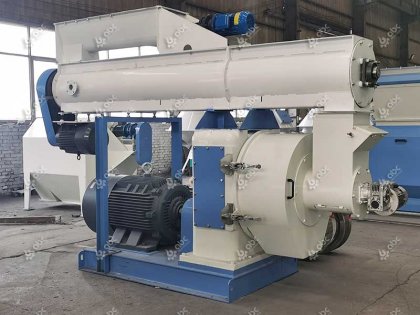How Government Grants Drive RDF Plant Development
Government grants are pivotal in the development of RDF (Refuse Derived Fuel) plants. These financial incentives support projects aimed at improving waste-to-energy technologies, enhancing sustainability, and reducing carbon footprints. Various types of grants, such as those for green technology, renewable energy incentives, and waste management advancements, are available to developers in the RDF sector.
Types of Government Grants for RDF Plant Development
The most common grants for RDF plant development include:
- Green Technology Support: Grants aimed at projects that use eco-friendly technology to reduce environmental impact.
- Renewable Energy Incentives: These focus on plants that contribute to energy production from waste, thereby supporting energy transition goals.
- Energy Efficiency Programs: Designed for plants focusing on reducing operational costs through energy-saving innovations.
Steps to Apply for RDF Plant Grants
The application process for these grants typically involves several stages:
- Initial Proposal Submission: Companies must present a detailed project proposal outlining the environmental impact, energy savings, and waste management strategies.
- Compliance Check: Government agencies ensure that proposed projects comply with national environmental and energy policies.
- Approval and Funding Allocation: Once approved, the funds are allocated based on the project’s contribution to sustainability.
By securing such grants, RDF plant developers can offset significant capital investment costs, ensuring the feasibility of large-scale projects.
How Policy Incentives Optimize RDF Plant Operations
Government policy incentives, such as tax reductions and energy efficiency subsidies, play a crucial role in optimizing RDF plant operations. These incentives encourage plant owners to implement best practices in energy efficiency, waste management, and renewable energy integration, helping them achieve operational excellence.
Key Policy Supports
Government policies in the RDF sector typically include:
- Tax Breaks for Green Energy Projects: Offering tax reductions to encourage energy-efficient and renewable energy projects.
- Energy Efficiency Subsidies: Subsidies for implementing advanced energy-saving systems to optimize RDF plant operations.
- Regulatory Support: Policies that create a favorable regulatory environment for RDF plant operations, ensuring smooth compliance with national and international standards.
Compliance and Execution
To fully benefit from these policy incentives, RDF plant operators must ensure compliance with the associated guidelines, which include:
- Environmental Impact Assessments: Conducting assessments to ensure the plant’s environmental footprint is minimized.
- Technology Implementation: Integrating approved energy-saving technologies and renewable energy sources into plant operations.
Choosing the Right Grants and Policies to Maximize RDF Plant ROI
To maximize the return on investment (ROI) for an RDF plant, developers must strategically select the right combination of grants, subsidies, and policy incentives that align with their operational goals and plant needs.
Matching Grants to Plant Needs
Choosing the right grant involves evaluating the specific needs of the RDF plant:
- Energy Efficiency vs. Capacity Expansion: A plant looking to expand capacity may benefit more from renewable energy grants, while an energy efficiency-focused plant may gain more from energy-saving incentives.
- Sustainability Goals: Grants for sustainable development are ideal for projects with a focus on reducing environmental impact.
Cost-Benefit Analysis
A thorough cost-benefit analysis helps developers determine the best use of available funding:
- Investment in Advanced Technology: Prioritizing funding for the latest technologies that enhance plant efficiency and waste-to-energy conversion.
- Long-Term Savings: Ensuring the selected policies and grants provide sustained savings through reduced energy costs, operational overheads, and compliance expenses.
Maximize your RDF plant’s ROI – Contact us now to explore tailored solutions for your project.




